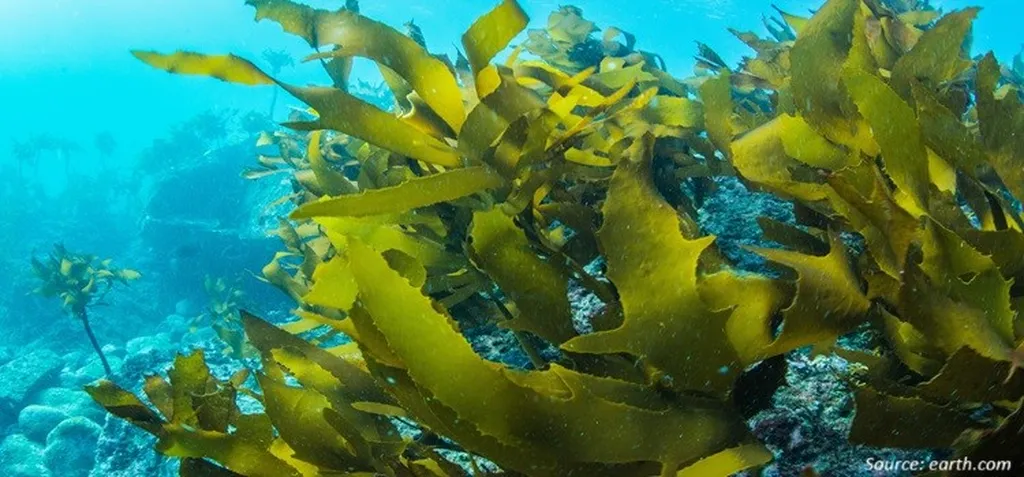In the vast, underexplored ocean, a treasure trove of bioactive compounds lies hidden within marine plants. These compounds, with their antioxidant, antibacterial, and anti-inflammatory properties, are emerging as a game-changer for sustainable agriculture, livestock management, industrial applications, and even biomedical uses. A comprehensive review published in *Frontiers in Plant Science* has synthesized evidence from 256 studies conducted between 2011 and 2025, revealing the rapid growth and multifaceted potential of marine plant extracts.
The review, led by Metin Yildirim from the Department of Biochemistry at Harran University in Türkiye, highlights the capacity of marine extracts to enhance crop and livestock productivity, yield stable natural dyes, create smart polysaccharide-based films, and protect metals via phenolic and sulfated polysaccharide fractions. “The versatility of these extracts is truly remarkable,” Yildirim notes. “They offer a sustainable alternative to synthetic chemicals, reducing our reliance on potentially harmful substances.”
For the agriculture sector, the implications are substantial. Marine plant extracts can act as biostimulants, boosting crop yields and resilience. They can also serve as functional feed additives, improving livestock health and productivity. “This is not just about increasing yields,” explains Yildirim. “It’s about creating a more sustainable and resilient food system. By harnessing the power of marine plants, we can reduce our environmental impact while meeting the growing demand for food.”
Beyond agriculture, marine extracts offer a wealth of industrial applications. They can be used to create natural pigments, biodegradable packaging materials, and green corrosion inhibitors. Moreover, nanoparticles synthesized from these extracts exhibit improved biological performance, opening up new avenues in biomedical applications, including cancer therapy.
The review underscores the need for further research in molecular characterization, strain development, and scalable green processing. As Yildirim points out, “While the potential is immense, we are still in the early stages of understanding and harnessing these resources. Future research will be crucial in unlocking their full potential.”
The findings of this review could shape future developments in sustainable agriculture, green technology, and biomedical applications. By integrating agricultural, industrial, and biomedical perspectives, the research underscores the multifaceted potential of marine plant extracts. As we strive towards a more sustainable future, these extracts could play a pivotal role in reducing our environmental impact and improving our quality of life.

